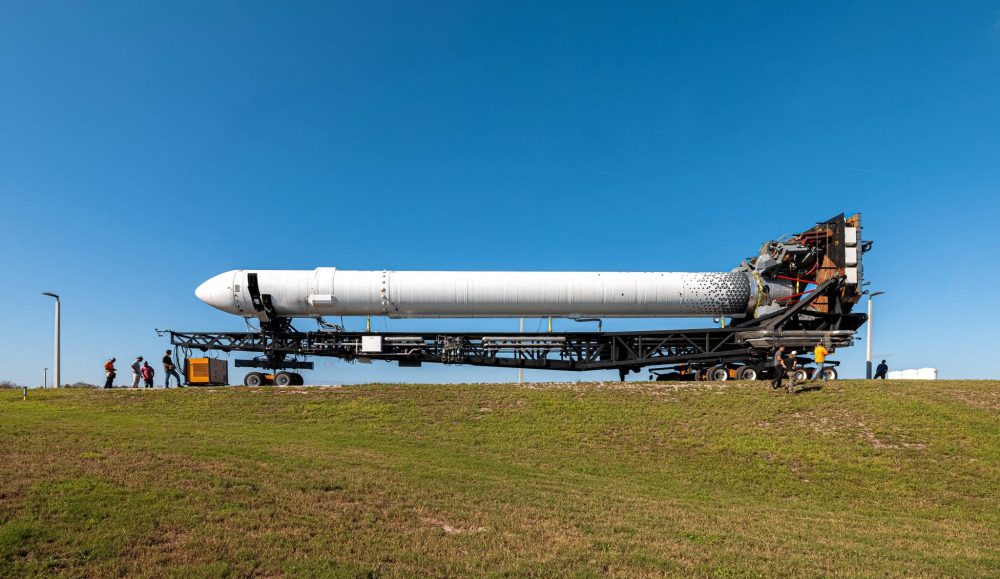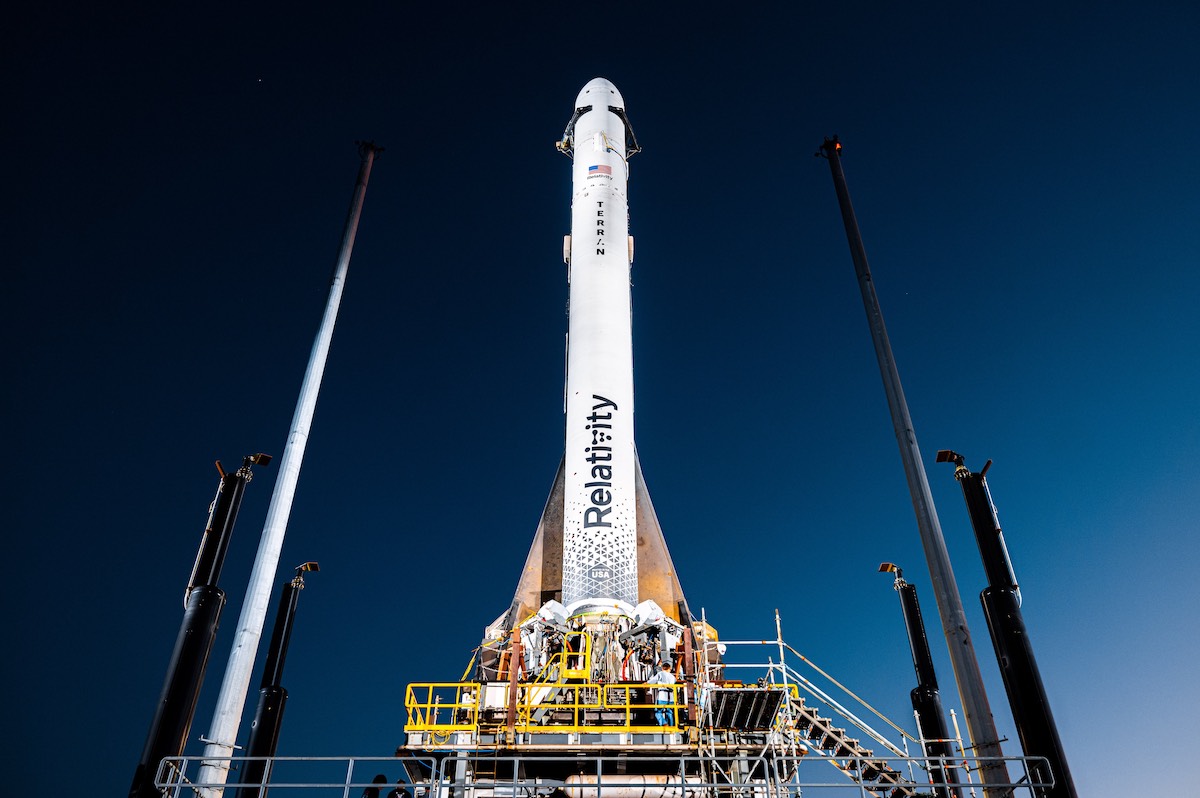On Wednesday, a California-based company successfully launched the world’s first 3D-printed rocket, representing a significant achievement.
Despite failing to reach orbit, the unmanned Terran 1 rocket was cheap to produce, fly and launch from Cape Canaveral, Florida at 11:25 pm.
However, as it headed towards low Earth orbit, an “anomaly” occurred during the second-stage separation, according to a live stream broadcast by Relativity Space, the aerospace startup responsible for the launch.
Further details were not immediately provided by the company.
Despite not achieving orbit, the launch on Wednesday demonstrated that the rocket, which is 85% 3D-printed, could endure the challenges of lift-off.
This successful launch was the third attempt, as the initial launch scheduled for March 8 was postponed due to temperature issues with the propellant. The second attempt on March 11 was canceled due to problems with fuel pressure.
Relativity stated that had Terran 1 reached low Earth orbit, it would have been the first privately-funded vehicle to use methane fuel and succeed in its inaugural attempt.
On its first flight, Terran 1 did not carry a payload. However, the rocket will eventually be capable of carrying up to 1,250 kilograms into low Earth orbit.
Built in 60 Days
The rocket is 33.5 meters tall and has a diameter of 2.2 meters. Its mass is 85% 3D-printed with metal alloys, including the nine Aeon 1 engines used in its first stage and the one Aeon Vacuum engine used in the second.
Relativity’s 3D-printed versions utilize 100 times fewer components than conventional rockets and can be built from raw materials in as little as 60 days.
According to the Long Beach-based company, it is the largest 3D-printed object to date, produced using the world’s largest 3D metal printers.
Terran 1 uses engines that operate on liquid oxygen and liquid natural gas, which Relativity claims are the “propellants of the future” and are capable of powering a journey to Mars in the future.
The same fuel is used by both SpaceX’s Starship and United Launch Alliance’s Vulcan rockets that are under development.
Relativity’s objective is to create a rocket that is 95% 3D-printed.
Even Bigger Rocket Coming Soon
Relativity is constructing a bigger rocket, the Terran R, that has the capacity to carry a payload of 20,000 kg into low Earth orbit.
The inaugural launch of a fully reusable Terran R is set for the next year.
According to CEO Tim Ellis who co-founded the company in 2015, Relativity has inked commercial launch contracts worth $1.65 billion, mainly for the Terran R.






















